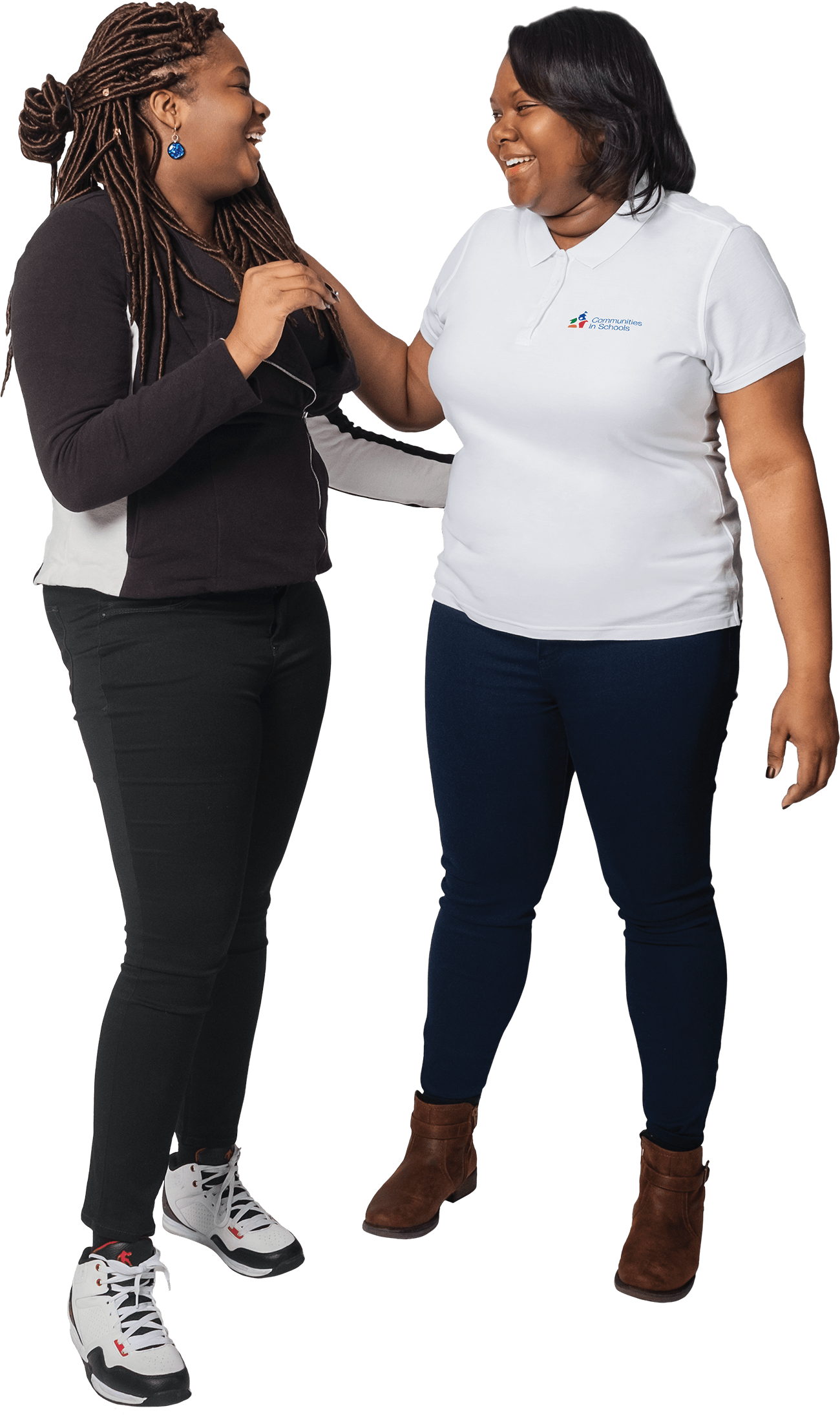Charlotte-Mecklenburg has experienced tremendous growth in the last two decades and the demographics continue to change.
The gap between high and low income households is growing and the number of socio-economically stressed children and families in CMS schools has increased. Consider these facts:
- Among the 74 million children living in the United States, 11 million live in poverty.*
- The pandemic forced children already in poverty even deeper into poverty. Almost half (47%) of all children living in poverty live in severe or extreme poverty, a number which rose from 4.5 million before the pandemic to 5.5 million in 2021.*
- In Mecklenburg County, 13.9% (36,031) of children under age 18 are living in poverty.
- In 2001 there were 12 high-poverty, high minority schools in CMS. Today, more than half of CMS schools (105 of 186) are designated Title I, which means the majority of students live near or below the poverty line.***
*Children’s Defense Fund – The State of America’s Children, 2023
**U.S. Census Bureau – American Community Survey, 2023
***Charlotte-Mecklenburg Schools, 2024

Our Outcomes
2023-2024 School Year
students received individual case-managed supports in 55 CMS schools.
additional students received broad, school-wide services.
of CIS students stayed in school.
were promoted to the next grade.
of students made progress towards or achieved their individual goals. (Attendance, Academic, Behavioral)
of students were not chronically absent.* (“chronically absent” is defined as missing 10% or more of the school year)
of CIS seniors graduated (726 of 733).
82% planned to attend a 2-4 year college or university.
9% planned to enter the workforce or the military.
partner companies, groups, and individuals donated time or resources.